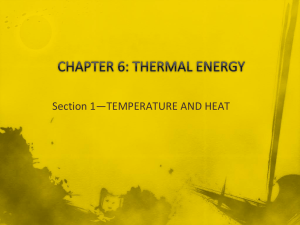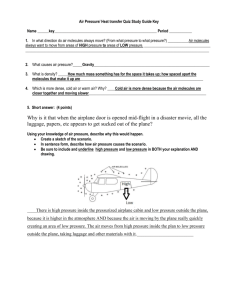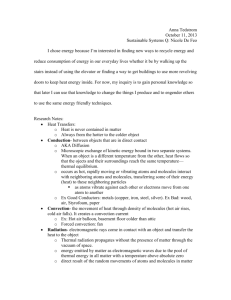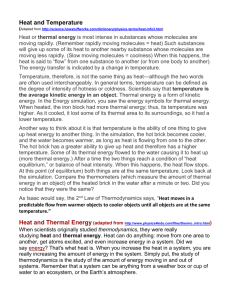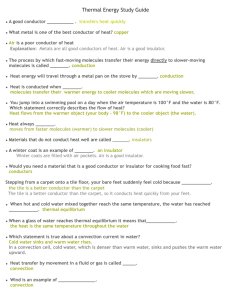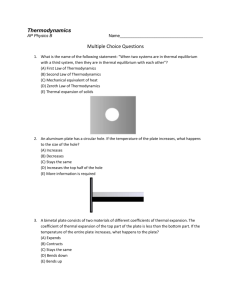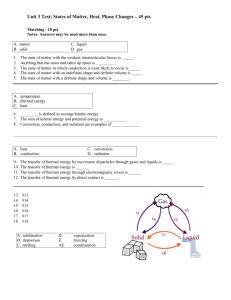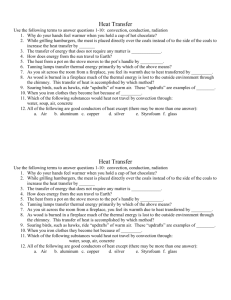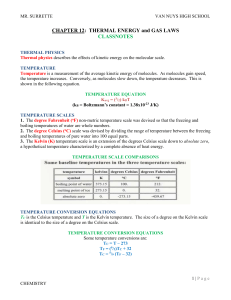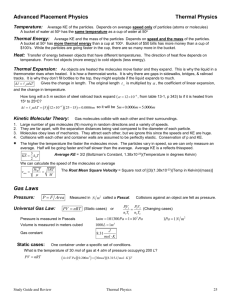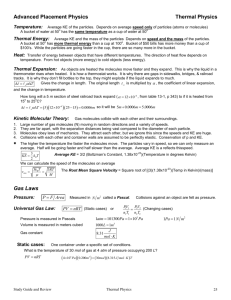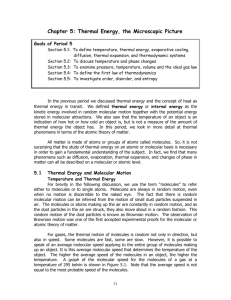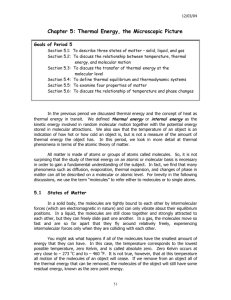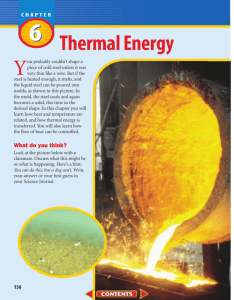PGEM Events
advertisement
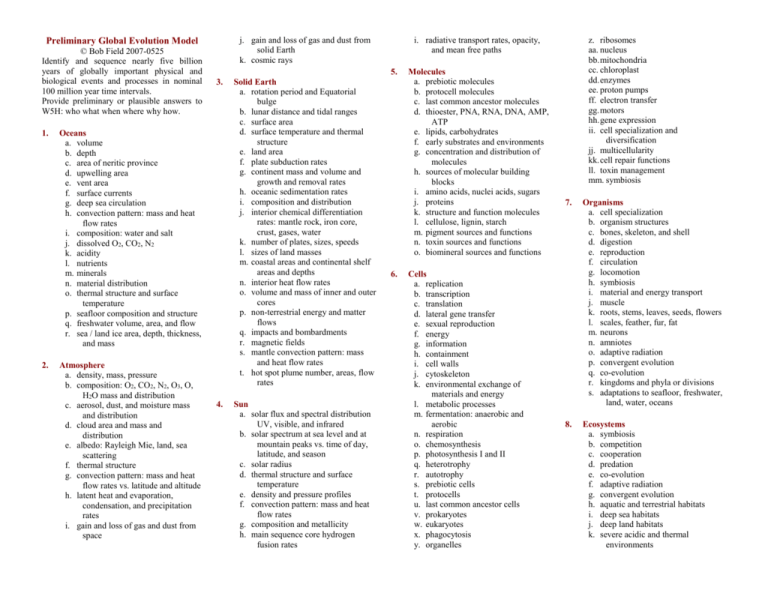
j. gain and loss of gas and dust from solid Earth k. cosmic rays Preliminary Global Evolution Model © Bob Field 2007-0525 Identify and sequence nearly five billion years of globally important physical and biological events and processes in nominal 100 million year time intervals. Provide preliminary or plausible answers to W5H: who what when where why how. 1. 2. 5. 3. Oceans a. volume b. depth c. area of neritic province d. upwelling area e. vent area f. surface currents g. deep sea circulation h. convection pattern: mass and heat flow rates i. composition: water and salt j. dissolved O2, CO2, N2 k. acidity l. nutrients m. minerals n. material distribution o. thermal structure and surface temperature p. seafloor composition and structure q. freshwater volume, area, and flow r. sea / land ice area, depth, thickness, and mass Atmosphere a. density, mass, pressure b. composition: O2, CO2, N2, O3, O, H2O mass and distribution c. aerosol, dust, and moisture mass and distribution d. cloud area and mass and distribution e. albedo: Rayleigh Mie, land, sea scattering f. thermal structure g. convection pattern: mass and heat flow rates vs. latitude and altitude h. latent heat and evaporation, condensation, and precipitation rates i. gain and loss of gas and dust from space i. radiative transport rates, opacity, and mean free paths 4. Solid Earth a. rotation period and Equatorial bulge b. lunar distance and tidal ranges c. surface area d. surface temperature and thermal structure e. land area f. plate subduction rates g. continent mass and volume and growth and removal rates h. oceanic sedimentation rates i. composition and distribution j. interior chemical differentiation rates: mantle rock, iron core, crust, gases, water k. number of plates, sizes, speeds l. sizes of land masses m. coastal areas and continental shelf areas and depths n. interior heat flow rates o. volume and mass of inner and outer cores p. non-terrestrial energy and matter flows q. impacts and bombardments r. magnetic fields s. mantle convection pattern: mass and heat flow rates t. hot spot plume number, areas, flow rates Sun a. solar flux and spectral distribution UV, visible, and infrared b. solar spectrum at sea level and at mountain peaks vs. time of day, latitude, and season c. solar radius d. thermal structure and surface temperature e. density and pressure profiles f. convection pattern: mass and heat flow rates g. composition and metallicity h. main sequence core hydrogen fusion rates 6. Molecules a. prebiotic molecules b. protocell molecules c. last common ancestor molecules d. thioester, PNA, RNA, DNA, AMP, ATP e. lipids, carbohydrates f. early substrates and environments g. concentration and distribution of molecules h. sources of molecular building blocks i. amino acids, nuclei acids, sugars j. proteins k. structure and function molecules l. cellulose, lignin, starch m. pigment sources and functions n. toxin sources and functions o. biomineral sources and functions Cells a. replication b. transcription c. translation d. lateral gene transfer e. sexual reproduction f. energy g. information h. containment i. cell walls j. cytoskeleton k. environmental exchange of materials and energy l. metabolic processes m. fermentation: anaerobic and aerobic n. respiration o. chemosynthesis p. photosynthesis I and II q. heterotrophy r. autotrophy s. prebiotic cells t. protocells u. last common ancestor cells v. prokaryotes w. eukaryotes x. phagocytosis y. organelles z. ribosomes aa. nucleus bb. mitochondria cc. chloroplast dd. enzymes ee. proton pumps ff. electron transfer gg. motors hh. gene expression ii. cell specialization and diversification jj. multicellularity kk. cell repair functions ll. toxin management mm. symbiosis 7. Organisms a. cell specialization b. organism structures c. bones, skeleton, and shell d. digestion e. reproduction f. circulation g. locomotion h. symbiosis i. material and energy transport j. muscle k. roots, stems, leaves, seeds, flowers l. scales, feather, fur, fat m. neurons n. amniotes o. adaptive radiation p. convergent evolution q. co-evolution r. kingdoms and phyla or divisions s. adaptations to seafloor, freshwater, land, water, oceans 8. Ecosystems a. symbiosis b. competition c. cooperation d. predation e. co-evolution f. adaptive radiation g. convergent evolution h. aquatic and terrestrial habitats i. deep sea habitats j. deep land habitats k. severe acidic and thermal environments



